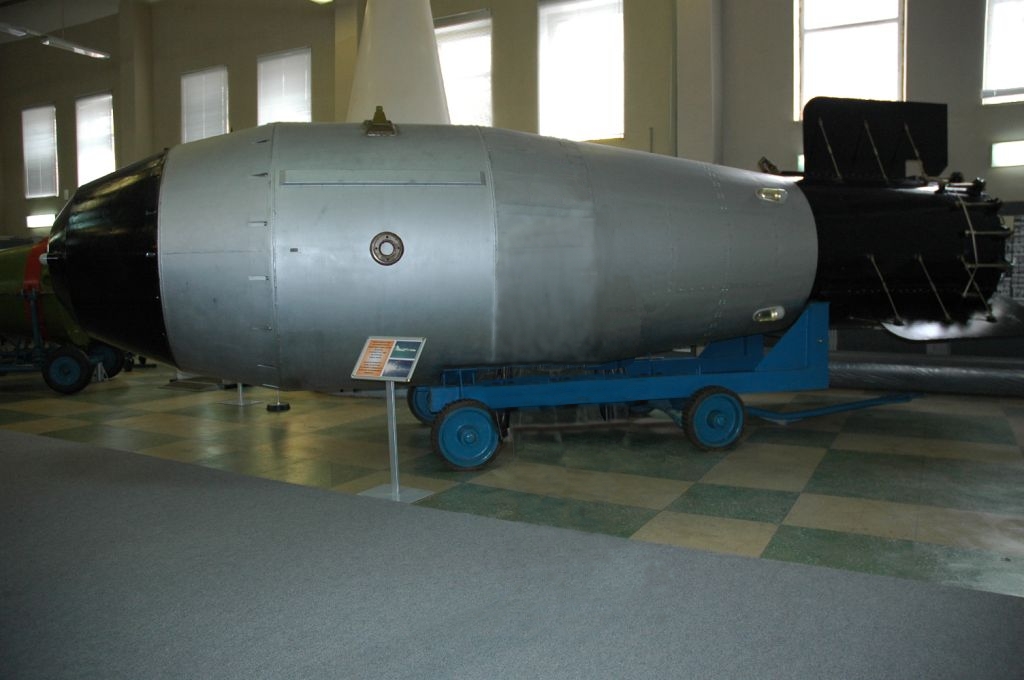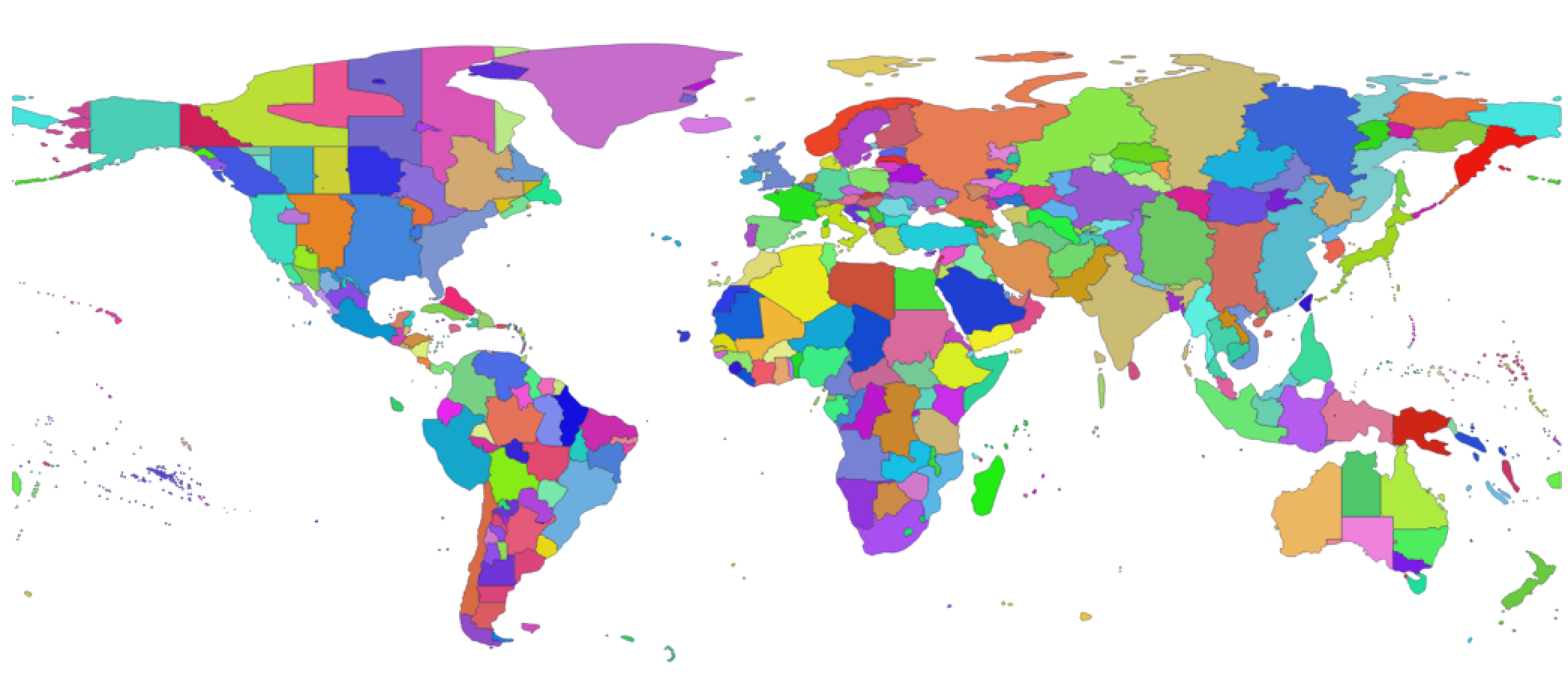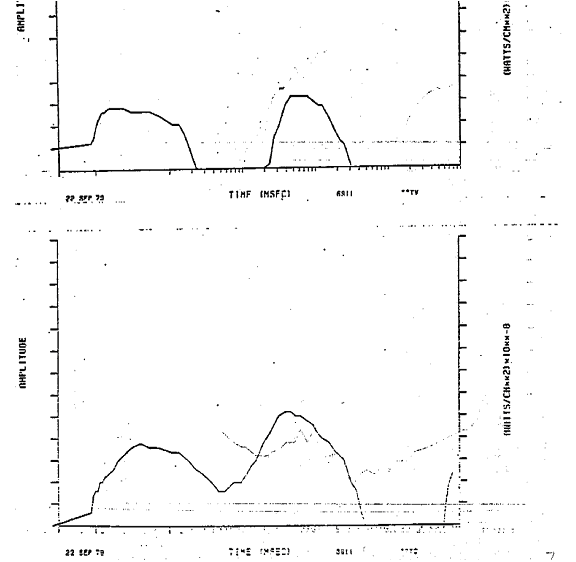|
Operation Dominic I And II
Operation Dominic was a series of 31 nuclear test explosions with a total yield conducted in 1962 by the United States in the Pacific. This test series was scheduled quickly, in order to respond in kind to the Soviet resumption of testing after the tacit 1958–1961 test moratorium. Most of these shots were conducted with free-fall bombs dropped from B-52 bomber aircraft. Twenty of these shots were to test new weapons designs; six to test weapons effects; and several shots to confirm the reliability of existing weapons. The Thor missile was also used to lift warheads into near-space to conduct high-altitude nuclear explosion tests; these shots were collectively called Operation Fishbowl. Operation Dominic occurred during a period of high Cold War tension between the United States and the Soviet Union, since the Cuban Bay of Pigs Invasion had occurred not long before. Nikita Khrushchev announced the end of a three-year moratorium on nuclear testing on 30 August 1961, and ... [...More Info...] [...Related Items...] OR: [Wikipedia] [Google] [Baidu] |
Johnston Atoll
Johnston Atoll is an unincorporated territory of the United States, currently administered by the United States Fish and Wildlife Service (USFWS). Johnston Atoll is a National Wildlife Refuge and part of the Pacific Remote Islands Marine National Monument. It is closed to public entry, and limited access for management needs is only granted by Letter of Authorization from the United States Air Force and a Special Use Permit from the U.S. Fish and Wildlife Service. For nearly 70 years, the isolated atoll was under the control of the U.S. military. During that time, it was variously used as a naval refueling depot, an airbase, a testing site for nuclear and biological weapons, a secret missile base, and a site for the storage and disposal of chemical weapons and Agent Orange. Those activities left the area environmentally contaminated, and monitoring continues. The island is home to thriving communities of nesting seabirds and has significant marine biodiversity. USFWS teams ... [...More Info...] [...Related Items...] OR: [Wikipedia] [Google] [Baidu] |
Tsar Bomba
The Tsar Bomba () ( code name: ''Ivan'' or ''Vanya''), also known by the alphanumerical designation "AN602", was a thermonuclear aerial bomb, and the most powerful nuclear weapon ever created and tested. Overall, the Soviet physicist Andrei Sakharov oversaw the project at Arzamas-16, while the main work of design was by Sakharov, Viktor Adamsky, Yuri Babayev, Yuri Smirnov, and Yuri Trutnev. The project was ordered by Nikita Khrushchev in July 1961 as part of the Soviet resumption of nuclear testing after the Test Ban Moratorium, with the detonation timed to coincide with the 22nd Congress of the Communist Party of the Soviet Union. Tested on 30 October 1961, the test verified new design principles for high-yield thermonuclear charges, allowing, as its final report put it, the design of a nuclear device "of practically unlimited power". The bomb was dropped by parachute from a Tu-95V aircraft, and detonated autonomously above the cape Sukhoy Nos of Severny Isl ... [...More Info...] [...Related Items...] OR: [Wikipedia] [Google] [Baidu] |
Nuclear Weapon Yield
The explosive yield of a nuclear weapon is the amount of energy released when that particular nuclear weapon is detonated, usually expressed as a TNT equivalent (the standardized equivalent mass of trinitrotoluene which, if detonated, would produce the same energy discharge), either in kilotonnes (kt—thousands of tonnes of TNT), in megatonnes (Mt—millions of tonnes of TNT), or sometimes in terajoules (TJ). An explosive yield of one terajoule is equal to . Because the accuracy of any measurement of the energy released by TNT has always been problematic, the conventional definition is that one kilotonne of TNT is held simply to be equivalent to 1012 calories. The yield-to-weight ratio is the amount of weapon yield compared to the mass of the weapon. The practical maximum yield-to-weight ratio for fusion weapons (thermonuclear weapons) has been estimated to six megatonnes of TNT per tonne of bomb mass (25 TJ/kg). Yields of 5.2 megatonnes/tonne and higher have been report ... [...More Info...] [...Related Items...] OR: [Wikipedia] [Google] [Baidu] |
List Of Nuclear Weapons
This is a list of nuclear weapons listed according to country of origin, and then by type within the states. United States US nuclear weapons of all types – bombs, warheads, shells, and others – are numbered in the same sequence starting with the Mark 1 and () ending with the W-91 (which was canceled prior to introduction into service). All designs which were formally intended to be weapons at some point received a number designation. Pure test units which were experiments (and not intended to be weapons) are not numbered in this sequence. Early weapons were very large and could only be used as free fall bombs. These were known by "Mark" designators, like the Mark 4 which was a development of the Fat Man weapon. As weapons became more sophisticated they also became much smaller and lighter, allowing them to be used in many roles. At this time the weapons began to receive designations based on their role; bombs were given the prefix "B", while the same warhead used in other r ... [...More Info...] [...Related Items...] OR: [Wikipedia] [Google] [Baidu] |
Partial Nuclear Test Ban Treaty
The Partial Test Ban Treaty (PTBT) is the abbreviated name of the 1963 Treaty Banning Nuclear Weapon Tests in the Atmosphere, in Outer Space and Under Water, which prohibited all test detonations of nuclear weapons except for those conducted underground. It is also abbreviated as the Limited Test Ban Treaty (LTBT) and Nuclear Test Ban Treaty (NTBT), though the latter may also refer to the Comprehensive Nuclear-Test-Ban Treaty (CTBT), which succeeded the PTBT for ratifying parties. Negotiations initially focused on a comprehensive ban, but that was abandoned because of technical questions surrounding the detection of underground tests and Soviet concerns over the intrusiveness of proposed verification methods. The impetus for the test ban was provided by rising public anxiety over the magnitude of nuclear tests, particularly tests of new thermonuclear weapons (hydrogen bombs), and the resulting nuclear fallout. A test ban was also seen as a means of slowing nuclear proliferati ... [...More Info...] [...Related Items...] OR: [Wikipedia] [Google] [Baidu] |
Elevation
The elevation of a geographic location is its height above or below a fixed reference point, most commonly a reference geoid, a mathematical model of the Earth's sea level as an equipotential gravitational surface (see Geodetic datum § Vertical datum). The term ''elevation'' is mainly used when referring to points on the Earth's surface, while '' altitude'' or '' geopotential height'' is used for points above the surface, such as an aircraft in flight or a spacecraft in orbit, and '' depth'' is used for points below the surface. Elevation is not to be confused with the distance from the center of the Earth. Due to the equatorial bulge, the summits of Mount Everest and Chimborazo have, respectively, the largest elevation and the largest geocentric distance. Aviation In aviation the term elevation or aerodrome elevation is defined by the ICAO as the highest point of the landing area. It is often measured in feet and can be found in approach charts of the aerodrome. It i ... [...More Info...] [...Related Items...] OR: [Wikipedia] [Google] [Baidu] |
List Of Nuclear Test Sites
This article contains a list of nuclear weapon explosion sites used across the world. It includes nuclear test sites, nuclear combat sites, launch sites for rockets forming part of a nuclear test, and peaceful nuclear test (PNE) sites. There are a few non-nuclear sites included, such as the Degelen Omega chemical blast sites, which are intimately involved with nuclear testing. Listed with each is an approximate location and coordinate link for viewing through GeoHack, and each site is linked to a Wikipedia page on the locality or the nuclear event(s) that occurred there. References See also * List of Milestone nuclear explosions * List of nuclear and radiation accidents and incidents * List of nuclear weapons tests Nuclear weapons testing is the act of experimentally and deliberately firing one or more nuclear devices in a controlled manner pursuant to a military, scientific or technological goal. This has been done on test sites on land or waters owned, ... * Wor ... [...More Info...] [...Related Items...] OR: [Wikipedia] [Google] [Baidu] |
Tz Database
The tz database is a collaborative compilation of information about the world's time zones, primarily intended for use with computer programs and operating systems. Paul Eggert is its current editor and maintainer, with the organizational backing of ICANN. The tz database is also known as tzdata, the zoneinfo database or IANA time zone database, and occasionally as the Olson database, referring to the founding contributor, Arthur David Olson. Its uniform naming convention for time zones, such as ''America/New_York'' and ''Europe/Paris'', was designed by Paul Eggert. The database attempts to record historical time zones and all civil changes since 1970, the Unix time epoch. It also includes transitions such as daylight saving time, and also records leap seconds. The database, as well as some reference source code, is in the public domain. New editions of the database and code are published as changes warrant, usually several times per year. Data structure File formats The t ... [...More Info...] [...Related Items...] OR: [Wikipedia] [Google] [Baidu] |
Time Zone
A time zone is an area which observes a uniform standard time for legal, commercial and social purposes. Time zones tend to follow the boundaries between countries and their subdivisions instead of strictly following longitude, because it is convenient for areas in frequent communication to keep the same time. All time zones are defined as offsets from Coordinated Universal Time (UTC), ranging from UTC−12:00 to UTC+14:00. The offsets are usually a whole number of hours, but a few zones are offset by an additional 30 or 45 minutes, such as in India, South Australia and Nepal. Some areas of higher latitude use daylight saving time for about half of the year, typically by adding one hour to local time during spring and summer. List of UTC offsets In the table below, the locations that use daylight saving time (DST) are listed in their UTC offset when DST is ''not'' in effect. When DST is in effect, approximately during spring and summer, their UTC offset is inc ... [...More Info...] [...Related Items...] OR: [Wikipedia] [Google] [Baidu] |
Universal Time
Universal Time (UT or UT1) is a time standard based on Earth's rotation. While originally it was mean solar time at 0° longitude, precise measurements of the Sun are difficult. Therefore, UT1 is computed from a measure of the Earth's angle with respect to the International Celestial Reference Frame (ICRF), called the Earth Rotation Angle (ERA, which serves as a modern replacement for Greenwich Mean Sidereal Time). UT1 is the same everywhere on Earth. UT1 is required to follow the relationship :ERA = 2π(0.7790572732640 + 1.00273781191135448'' · Tu'') radians where ''Tu'' = ( Julian UT1 date - 2451545.0). History Prior to the introduction of standard time, each municipality throughout the clock-using world set its official clock, if it had one, according to the local position of the Sun (see solar time). This served adequately until the introduction of rail travel in Britain, which made it possible to travel fast enough over long distances to require contin ... [...More Info...] [...Related Items...] OR: [Wikipedia] [Google] [Baidu] |
Bhangmeter
A bhangmeter is a non-imaging radiometer installed on reconnaissance and navigation satellites to detect atmospheric nuclear detonations and determine the yield of the nuclear weapon. They are also installed on some armored fighting vehicles, in particular NBC reconnaissance vehicles, in order to help detect, localise and analyse tactical nuclear detonations. They are often used alongside pressure and sound sensors in this role in addition to standard radiation sensors. Some nuclear bunkers and military facilities may also be equipped with such sensors alongside seismic event detectors. The bhangmeter was developed at Los Alamos National Laboratory by a team led by Herman Hoerlin. History The bhangmeter was invented, and the first proof-of-concept device was built, in 1948 to measure the nuclear test detonations of Operation Sandstone. Prototype and production instruments were later built by EG&G, and the name "bhangmeter" was coined in 1950 by Frederick Reines. Bhangmeters ... [...More Info...] [...Related Items...] OR: [Wikipedia] [Google] [Baidu] |







